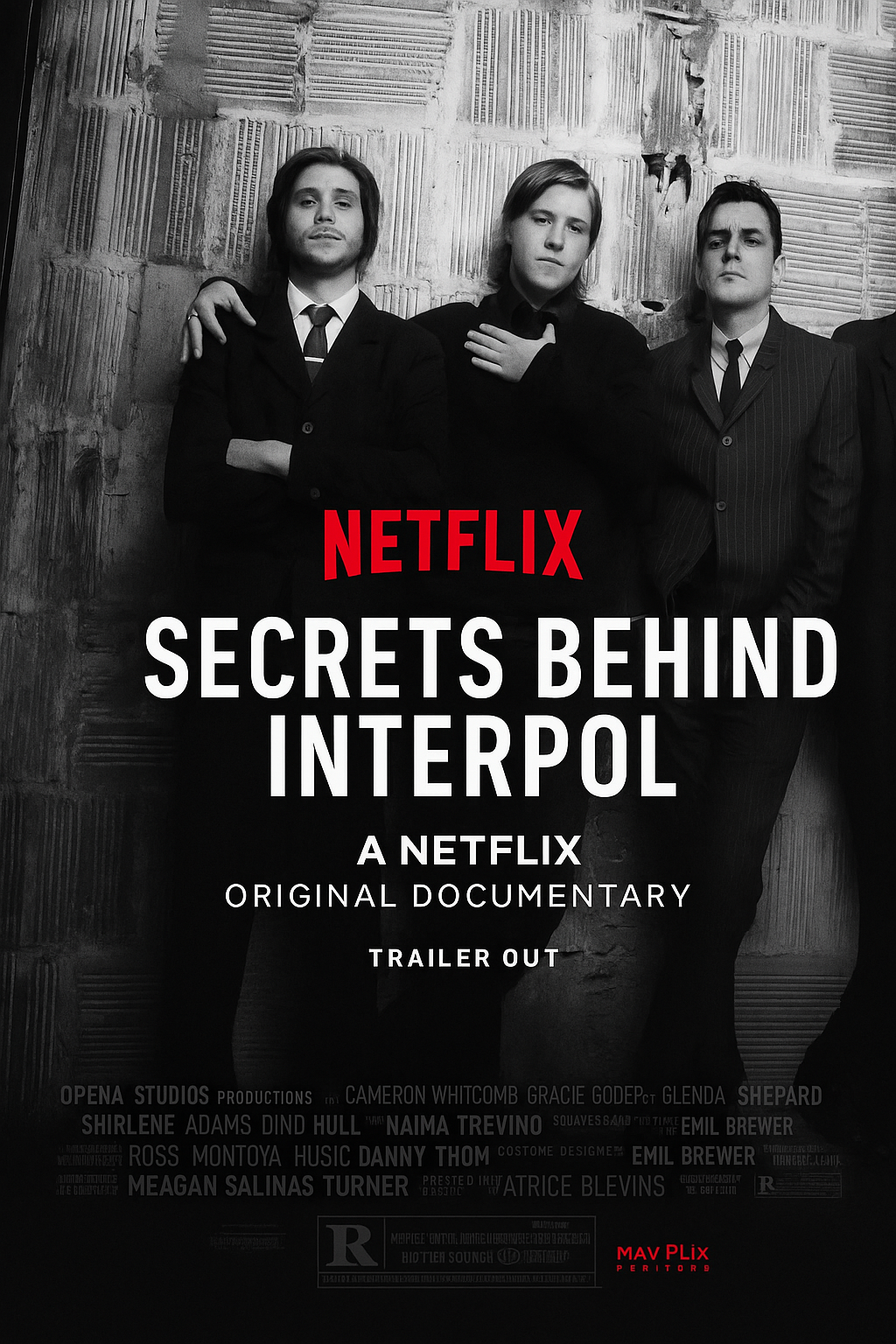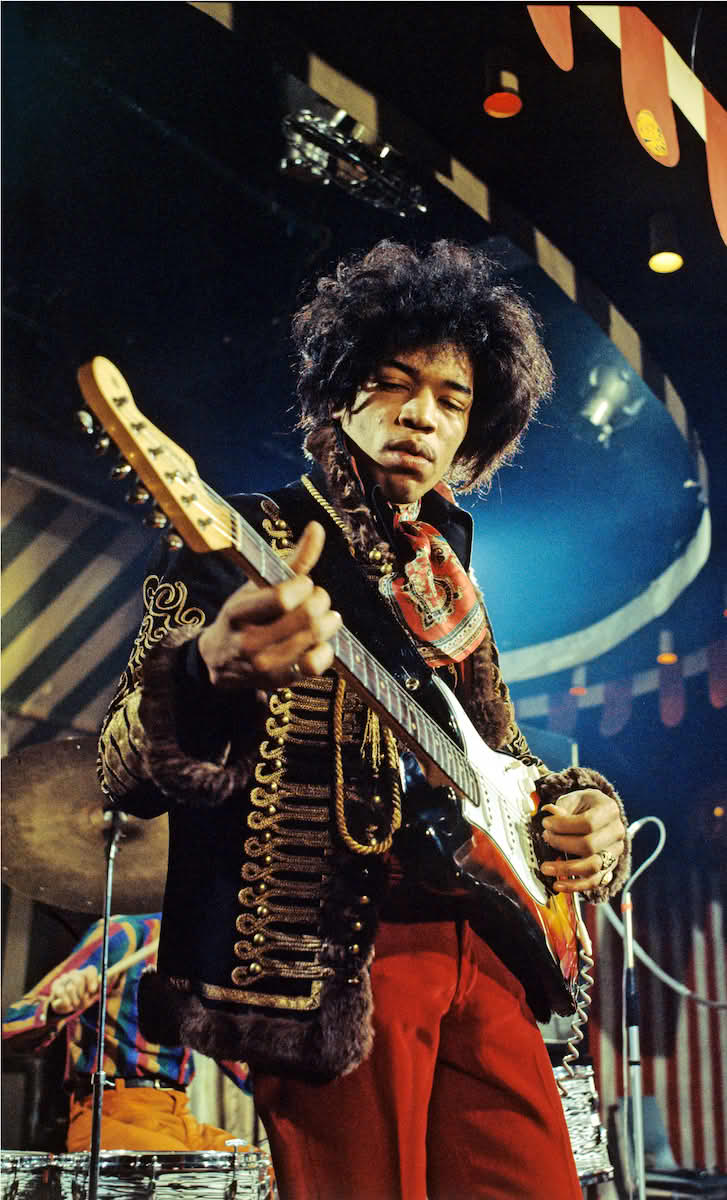
Netflix has once again turned its lens toward the music world, and this time it’s capturing the haunting allure of one of indie rock’s most mysterious and stylish acts: Interpol. The new documentary series, Shadows and Sound: The Story of Interpol, takes viewers deep into the moody, minimalist world of the New York-based band that helped define the early 2000s post-punk revival. With never-before-seen footage, candid interviews, and a tone as sleek and melancholic as the band’s music itself, the series explores how Interpol’s cool detachment became their defining aesthetic—and their greatest vulnerability.
The series opens in the gritty heart of late-’90s Manhattan, where the band first came together amid the chaos of underground clubs and broken city streets. Paul Banks, Daniel Kessler, Carlos Dengler, and Sam Fogarino were not just musicians—they were architects of a sound that would soon shape a generation. The first episode immerses viewers in those formative years, where ambition met artistic uncertainty. Their earliest rehearsals, shot on grainy camcorders, reveal a band struggling to find identity yet bound by a shared sense of vision and tension.
Through interviews with peers, producers, and music journalists, Netflix builds a rich tapestry of the early 2000s rock renaissance—a movement that birthed acts like The Strokes and Yeah Yeah Yeahs. Yet Interpol stood apart. Their suits, their shadows, their refusal to smile—all became symbols of something darker, deeper, and more cerebral. Shadows and Sound captures this duality perfectly: a band rooted in emotional distance but capable of writing music that cut straight to the soul.
Netflix’s cinematography mirrors Interpol’s aesthetic: stark contrasts, muted tones, and deliberate pacing. The use of deep blues and greys throughout the visuals evokes the band’s iconic Turn on the Bright Lights era, when their sound was raw yet elegant, detached yet desperate. Each frame feels like a photograph—lonely streets at night, raindrops on city windows, neon reflections fading into black. It’s not just a documentary; it’s a cinematic experience that feels like an Interpol album come to life.
As the episodes progress, the focus shifts to the making of their breakout album, Antics, and the whirlwind that followed. Fame was never something the band seemed to crave, and Netflix doesn’t shy away from showing how their stoic image often clashed with industry expectations. Interviews reveal that behind the crisp suits and cryptic lyrics were four men grappling with personal demons, creative differences, and the pressures of maintaining authenticity in an era obsessed with image.
Carlos Dengler’s eventual departure from the band gets a full episode—a bittersweet and beautifully told chapter that explores both his artistic contributions and his growing disconnection from the group. His classically trained precision gave Interpol their signature intensity, but as Shadows and Sound reveals, it also fueled the tension that nearly broke them apart. Archival studio clips juxtaposed with introspective commentary make this one of the series’ most emotionally charged moments.
One of the documentary’s triumphs lies in its balance between nostalgia and revelation. It gives fans the joy of revisiting classic performances and iconic music videos while also uncovering the fragility beneath the surface. Paul Banks’ reflections on identity, love, and the cost of fame are some of the most poignant moments of the series. His calm, deliberate voice overlays scenes of empty tour buses and hotel corridors—an image that perfectly encapsulates the loneliness that often follows success.
The soundtrack is, naturally, a masterclass in mood. Remastered versions of “Obstacle 1,” “Slow Hands,” “Leif Erikson,” and “All the Rage Back Home” pulse through the series, while isolated vocal takes and unreleased demo snippets give die-hard fans something new to savor. Netflix’s meticulous sound design ensures that every echo and guitar note resonates like a memory half-forgotten.
Midway through the final episode, the narrative takes on a reflective tone, exploring how Interpol has continued to evolve through the 2010s and 2020s. Their later albums, often misunderstood by critics, are reexamined with fresh perspective, revealing a band still chasing meaning rather than trends. The documentary argues that Interpol’s legacy lies not in reinvention but in consistency—the courage to remain enigmatic in an age of oversharing.
Released on October 30, 2025, the Netflix series quickly sparked a wave of online discussion and renewed interest in Interpol’s discography. Social media buzzed with rediscovered appreciation for the band’s understated brilliance, while critics praised the series for its elegance and restraint. For many viewers, it felt like a long-overdue tribute to a group that influenced a generation of musicians without ever chasing the spotlight.
Netflix’s decision to produce Shadows and Sound feels both timely and nostalgic. As the music world cycles through waves of revival and reinvention, Interpol’s story stands as a reminder that art doesn’t need to shout to be heard. The series captures this essence with precision, presenting a band that found strength in silence and beauty in minimalism.
By the closing credits, viewers are left with more than just a history of a band—they’re left with an atmosphere. A lingering feeling of melancholy, sophistication, and artistic defiance. Shadows and Sound doesn’t try to explain Interpol; it lets them remain what they’ve always been: mysterious, magnetic, and unmistakably cool.
In the end, Netflix’s latest music documentary proves that sometimes the most powerful stories are told not in the spotlight, but in the shadows—and no one understands that better than Interpol.



